Looking Ahead: Little Sugar 100K
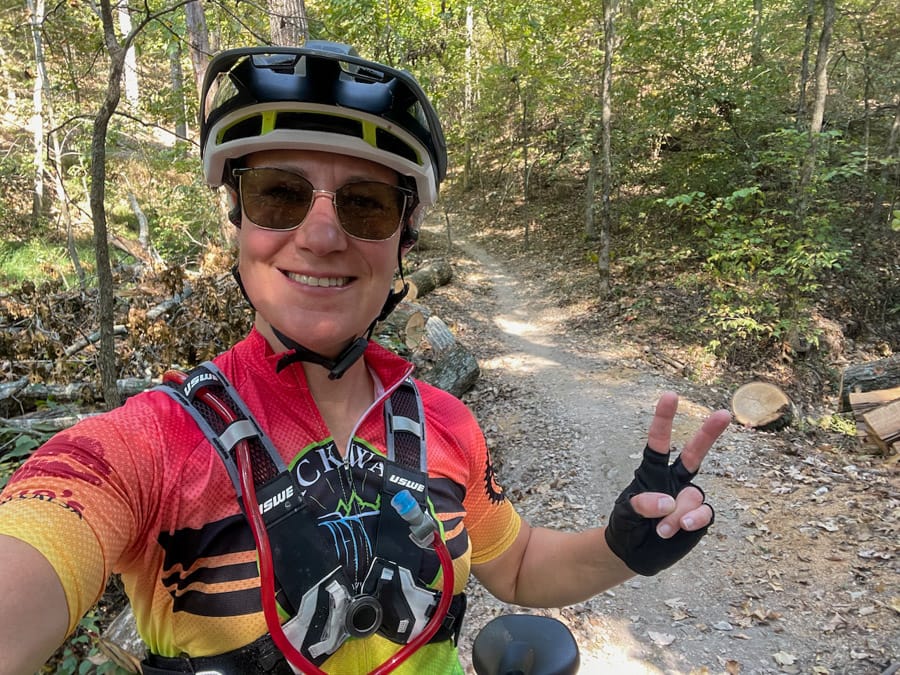
I'm in Bentonville, Arkansas, preparing to take on Little Sugar, a 100K (62-mile) mountain bike race. My goal is to test my endurance on a predominantly singletrack course. While the Leadville Trail 100 MTB course traverses steep, rocky, and speedy descents, they are mostly on 4×4 roads, often connected by gravel and pavement. The challenge of Leadville is the distance of 105 miles, its relentless climbs, its thin air, and its turn-around point of 12,500 feet. However, it's not known for singletrack.
The elevation of the Little Sugar course tops out at about 1,350 feet, and I'm not sure there's a climb that would qualify as relentless—but catch me on the other side—even a 100-foot climb can feel relentless at mile 55. Rather, the course undulates through the rocky, forested hills of Northwestern Arkansas on purpose-built trails. It's a true singletrack paradise, a clever connection of dirt and rock meandering through endless public and private properties.
Bentonville might be most famous for being Walmart's birthplace and Home Office, but that's changing. It turns out that Sam Walton's grandsons, Steuart and Tom Walton, are avid cyclists who've contributed millions of dollars to their hometown's trails and supporting infrastructure. With 180+ miles of purpose-built, well-marked, and maintained trails flowing out of Bentonville and nearby Bella Vista, it's hard to argue with their self-assigned title, "Mountain Biking Capital of the World."
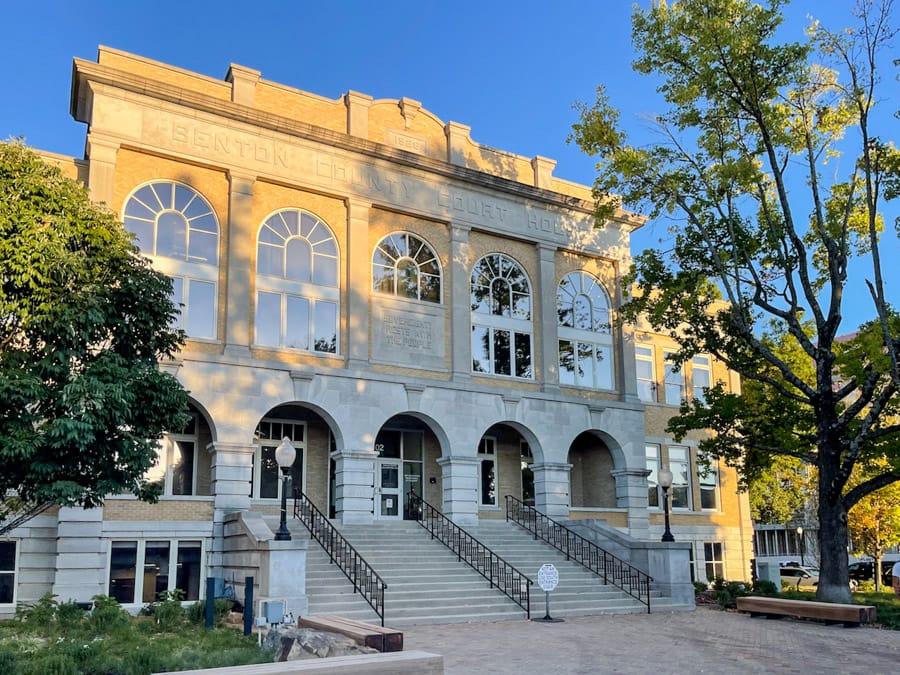
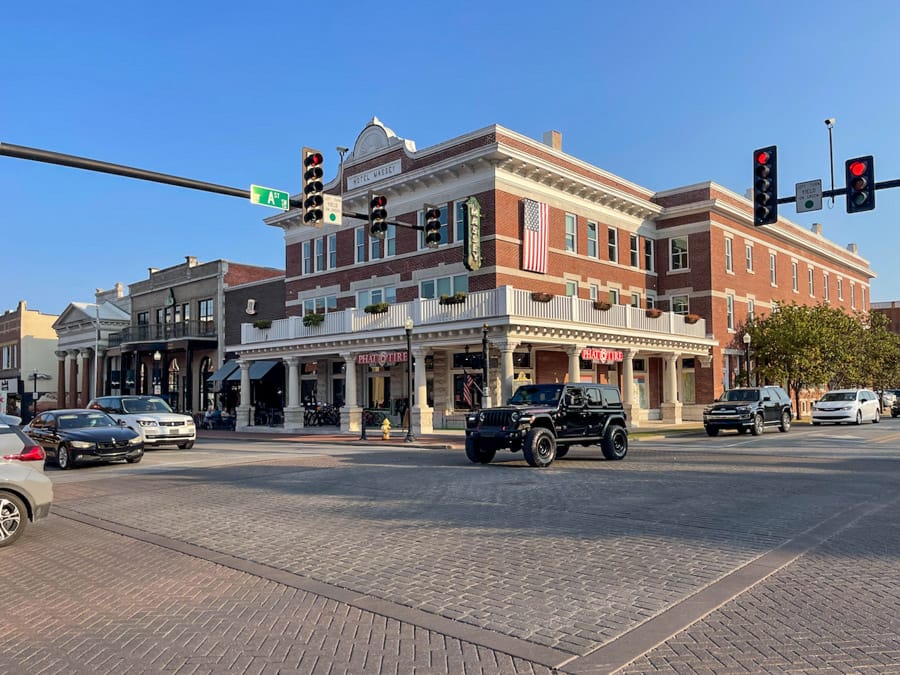
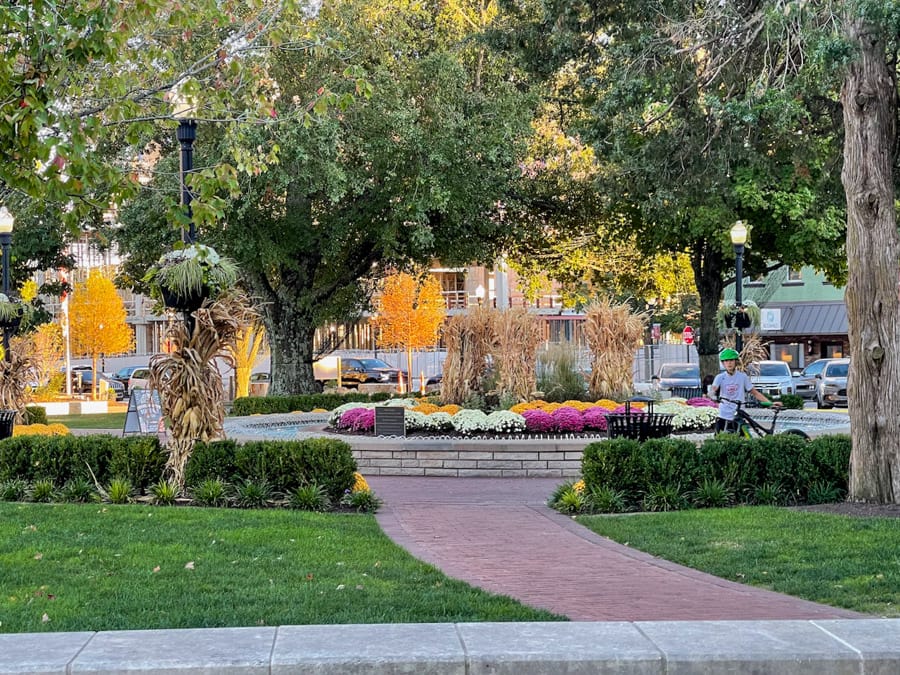
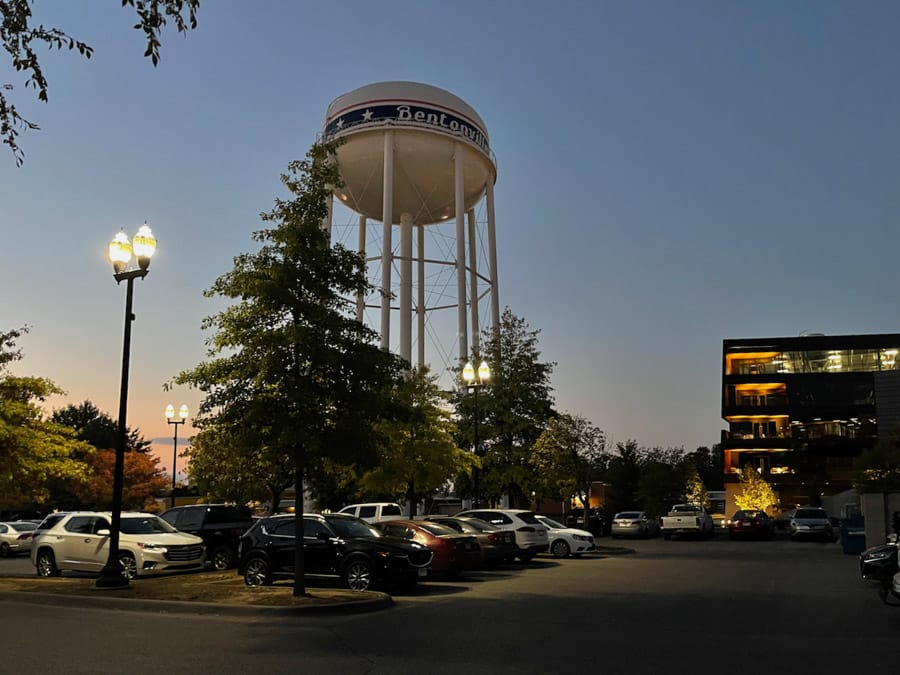
Scenes of Downtown Bentonville, from top left: The Courthouse, Phat Tire Bike Shop, Town Square and the Water Tower.
Painting with Rock
Not far below the dirt lies plenty of sandstone, limestone, and shale. Many of the trails consist of gravel of all shapes and sizes. Broken, sharp, and square-edge rocks are tough on tires. To make the most of the fairly basic landscape, trail builders put the almighty switchback to work. Dipping in and out of creek beds and low points, you can often see the trail swing back to your left or right, giving little clues to where you are going or from where you came.
Like much of the United States this summer, Bentonville has been experiencing an extreme drought. The trails could use a good soaking, let alone the trees and the ground they stand upon. Speaking of trees, they took quite a hit earlier this spring when tornadoes and violent windstorms swept through the area. Trail organizations such as the Trailblazers and their Trail Adoption Program, Parks and Rec, and local citizens did a fantastic job clearing the debris and getting most of the trails back in action.
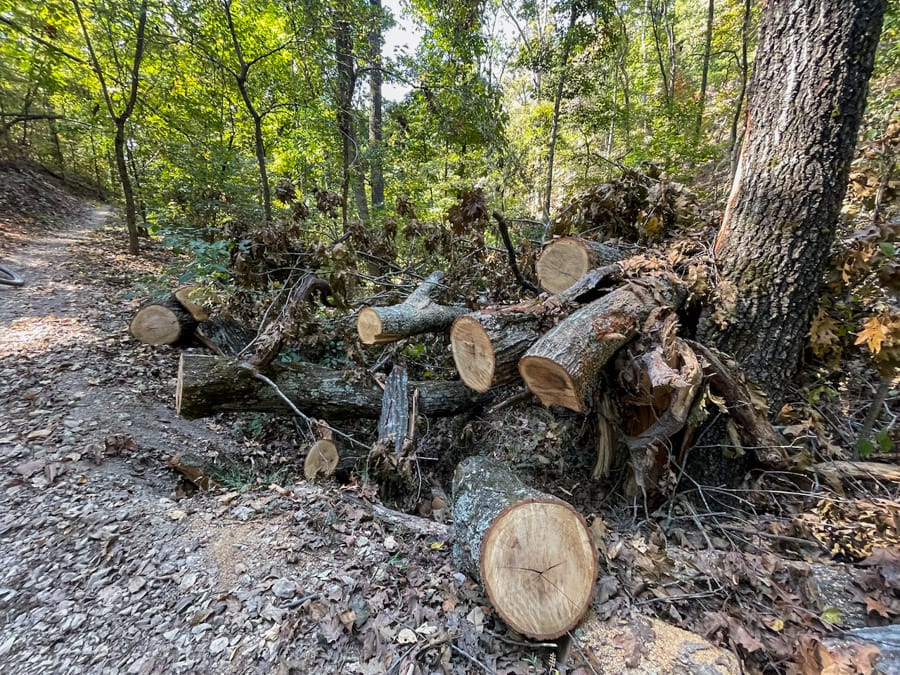
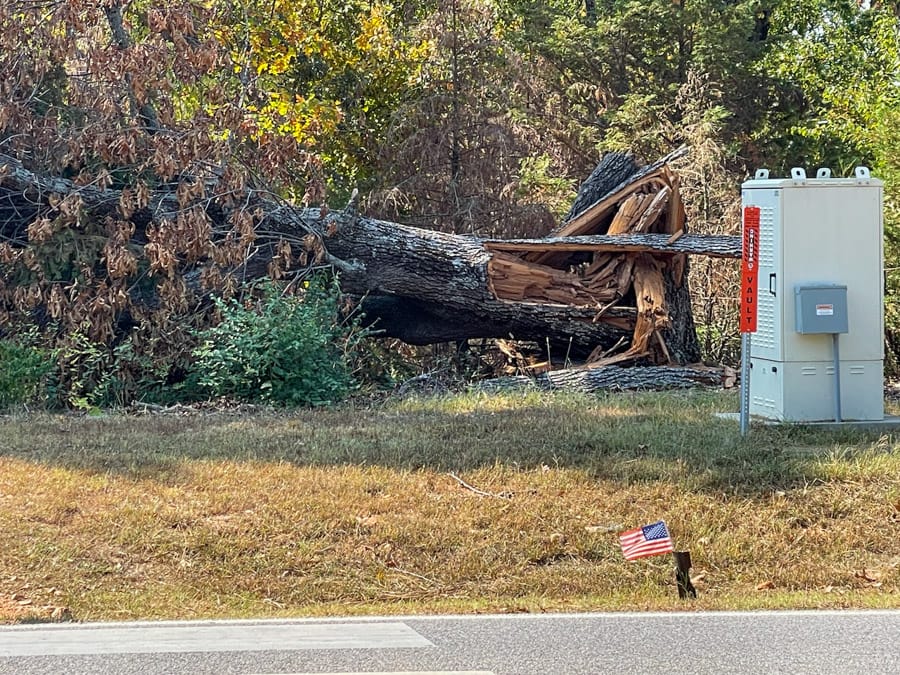
Huge trees littered the roads and trails after tornadoes hit the area in May, 2024
Moon Dust is Slippery, Too
While I've been here a few times before, I wanted to familiarize myself with the course's trails. I planned to arrive a week before the race, pre-ride a few sections, and then take a couple of days to rest and prepare for the race on Sunday, October 13.
Coming from West Virginia's slippery, rooty, leaf-covered trails, I expected to fully embrace the dry, essentially leafless OZ Trails. They are fast, flowy, and fun. They are also rocky, loose-over-hard, blown out, and dryer than a Christmas tree in March. Thus, my introduction to Switchback City was not without consternation.
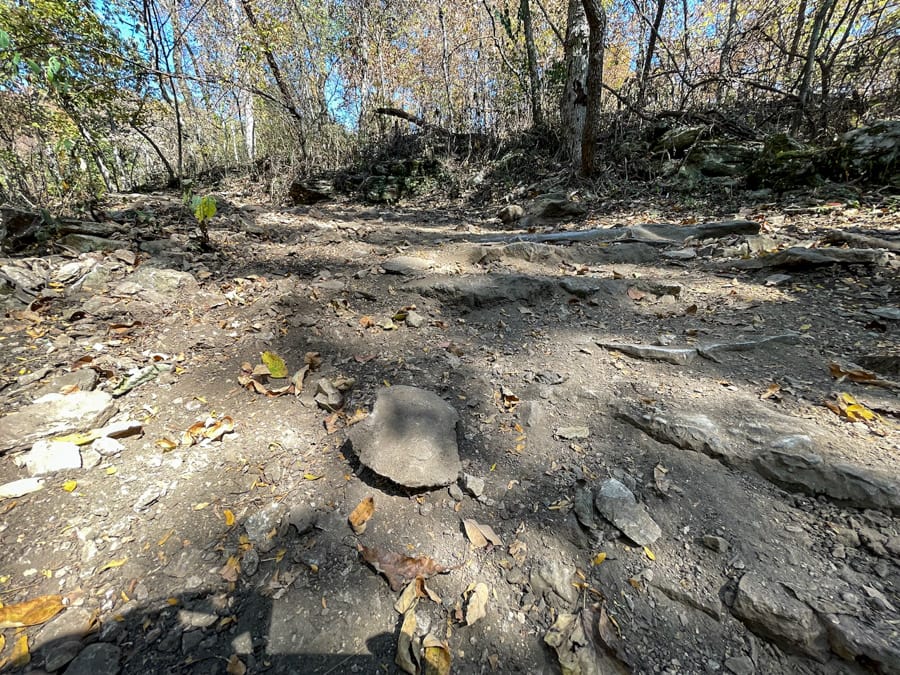
I realized the other day that I'd been riding mountain bikes for almost 20 years. Up until about a month ago, all of my trail riding was on flat pedals. I use SPD "clipless" pedals for gravel rides and races like Leadville. I wanted to give this course a go on them, and I have the bruises to prove I've been practicing.
Coming into loose, often steep, corners, I found myself losing traction in the rear, braking too hard, and panic dabbing to stay upright. In other words: not fun and not something I could do for 62 miles. I quickly found myself demoralized. I was alone (even Hazel was home), feeling like a newbie, and seriously questioning why I signed up for this race six months ago, which led me to miss out on a last-minute trip to Vermont to ride with all my friends.
Furthermore, I had a time goal that could move me up one position in Leadville's starting corrals next year. Looking at my pace as I navigated this unfamiliar terrain, I watched my time goal float slowly to the ground like a broken butterfly wing.
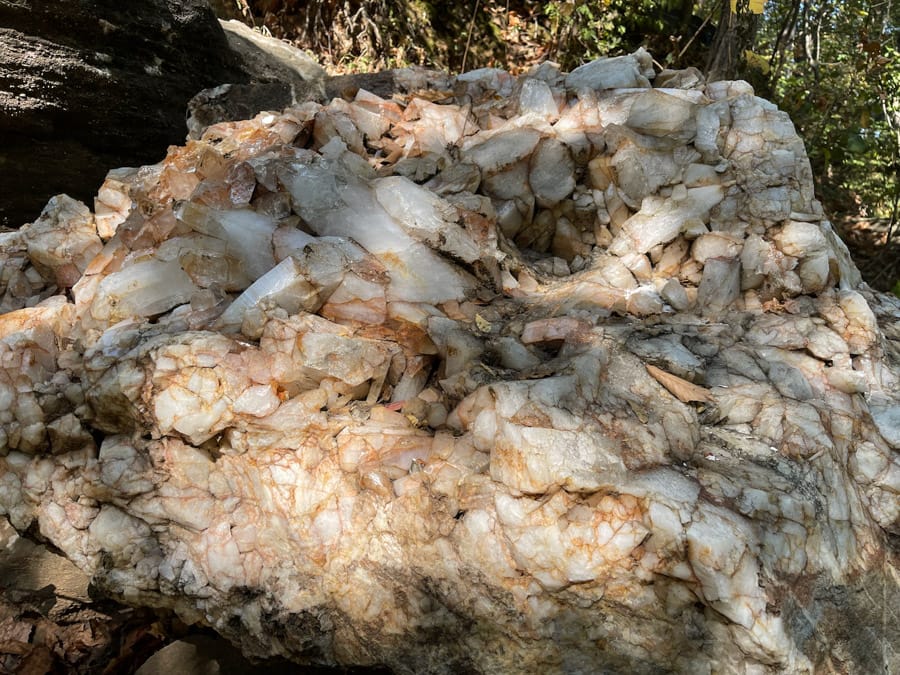
Reality Check
I rarely have an uneventful road trip, and this one was to be no different. I was about 90 minutes from my first night's destination, and the sun had just set. I hoped to get through the bulk of the drive in the light, and I was on track.
However, the deer were also on time for their evening highway graze fest. They were everywhere. Duly noted, I kept my eyes ahead while somehow managing to scan the periphery for kamikaze deer.
Sure enough, one darted from the left as if sprouting up from the median, terrified and on a mission to bound across the highway at full speed. The car in front of me hit the brakes, narrowly avoiding a T-bone collision with the driver's side. The deer ricocheted off the front of the vehicle into the air, landing well into the grass on the other side of the guard rail. I've never seen anything like it.
Smoke poured from the front of the car as it pulled over. My adreniline had surged, I couldn't imagine what the driver was feeling. I pulled over as well, worried there might have been a serious injury and wanting to help.
The driver was already on the phone with 911, who dispatched an officer to the scene. I encouraged everyone to exit the car since it had been smoking. The car's right front was severely damaged, but the overall structure was intact. The airbags had not been triggered—this was good as the driver's sister was in the passenger seat, and she was pregnant. In the back was their grandmother, and to say everyone was shaken and scared is an understatement.
I had just watched a video about what to do if you ever get hit by a vehicle while riding a bike. The same applies to any vehicular accident: call 911, take pictures, get witness info, etc. The deer didn't have insurance, and let's just say it wouldn't have helped if it did.
At any rate, the young driver was doing everything right, and as we waited on the police, I grabbed a camp chair from the back of my van for the driver's sister, who was concerned about the cramps she was experiencing after such a jolt.
Chatting nervously as the sun went down, I complimented the young girl on her driving. She reminded me so much of my young nieces and my younger self. Even when the officer arrived with his blue lights, I couldn't bring myself to leave them. He got EMS on the way to check on the driver's pregnant sister, and we got Grandma settled into my camp chair. Everyone was pretty far from home, but they had a saintly cousin not far away, and he came to their rescue. The car was whisked away on a tow truck, and I headed back to my van, westward bound.
Looking Ahead
I told the young driver I was impressed with her reaction time, how she kept the wheel straight and didn't swerve, and how calmly she handled everything. Her grandmother proudly noted that she was a good driver, kept two hands on the wheel, and ignored her phone. We all shuddered to think what would've happened if she hadn't been so conscientious. I found out later that Mama and Baby were doing great, and everyone made it to the wedding they were traveling to.
They were all very grateful I hung around, and I felt a sense of peace being able to help others, even if it was just with a camp chair, some advice, and a few stories. Thinking back, the young driver did exactly what I needed to do as I faced these endless switchbacks: she was looking ahead.
Perhaps that's the core of navigating most things in life. The past can educate us, but gazing longingly behind us does not move us forward. And looking down at our feet when walking down the sidewalk will only cause us to run into a sign, a bench, or a person. Looking ahead is the answer. When you look ahead, you've already seen everything before you. Your brain has already decided what to do with that information, and as your body passes over the tarmac or the trail bed, it will naturally proceed as needed.
Looking Through Fear
Staring at the loose, gravelly corners only freaked me out, breaking flow and traction. I had to look through the corner, ahead to the exit of each switchback, and let my 20 years on two wheels guide me through what my eyes had already seen. This is how I always ride, but for some reason, the corners were grabbing my attention, and the reason was simple: fear.
Fear of not clipping out in time, fear of sliding out and hitting the ground, fear of injury should that happen, fear of missing the race if the injury is bad enough. I could go on and on. "Have no fear" is a silly admonition. That's like saying: "Don't get hungry."

"Face your fears" also falls a little flat. I stood in a cool stream the other day for five whole minutes, facing the fear of that first cold shock of the initial plunge. Knowing how refreshed and exhilarated I'd feel once I emerged finally got me to go under.
Just like looking ahead, letting my gaze travel through the corners instead of focusing on the channel of fist-sized rocks down the center of the crumbling curve keeps me moving in the right direction; I'd like to think that looking through our fears to the other side might be the secret sauce that keeps us from stagnating and not living up to our full potential.
Race Details
The Little Sugar 100K is on Sunday, October 13, 2024. The race starts for me at 8:20. If you want to follow me, go to this link and type in my name (Victoria Weeks) or my bib number, 5544. I have a new time goal of 8 hours, but to be completely honest, that's pretty arbitrary, and there are so many variables in this race that it's hard for me to go on past experiences. Temperatures are predicted to reach 85 degrees, so proper hydration will be a major factor. I finally joined the USWE club and am carrying 2 liters on my back and 1.65 on my bike.
Oh, and I got some new flat pedals. Whatever happens out there, at least I'll have fun, and I definitely won't quit!
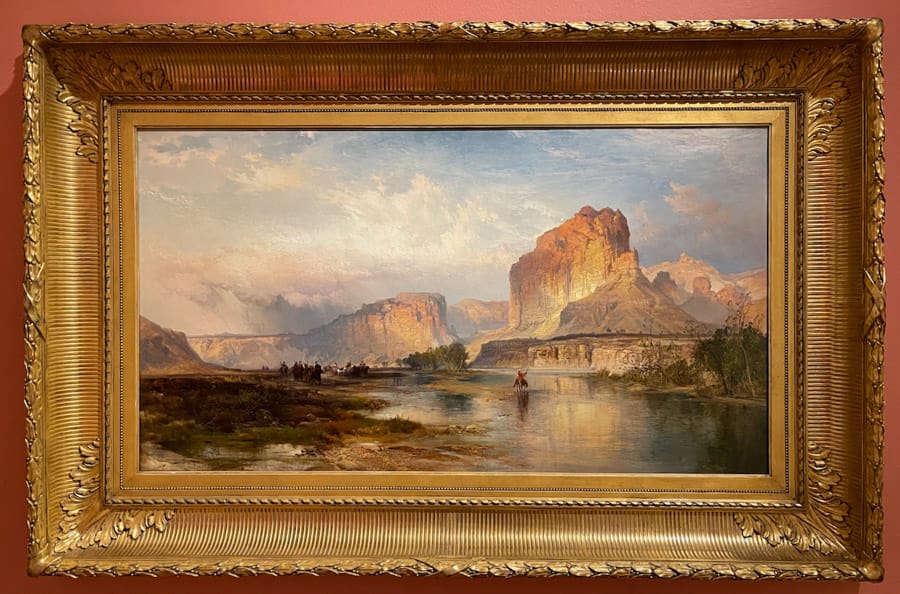
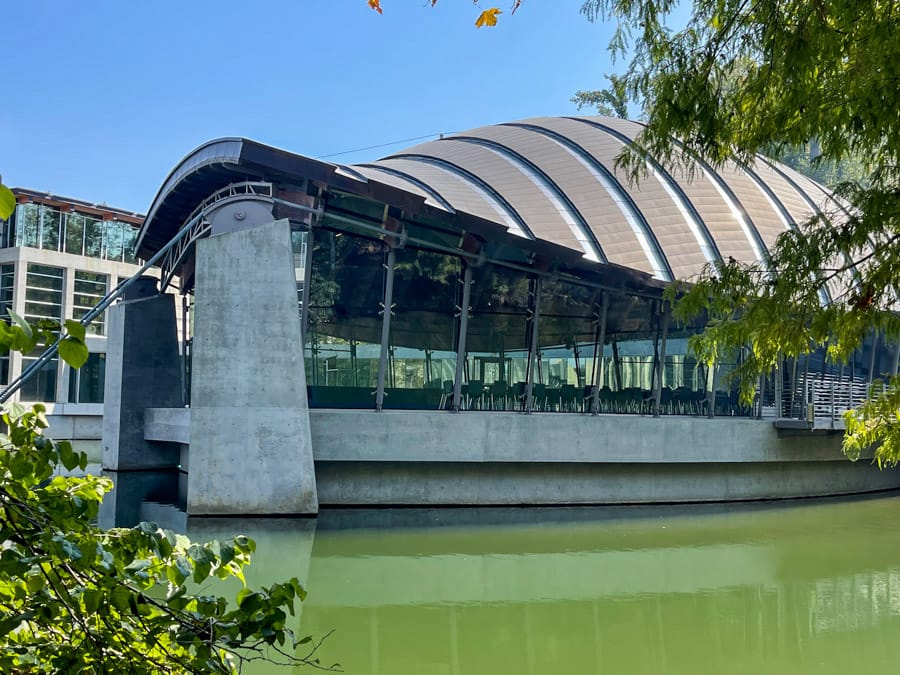
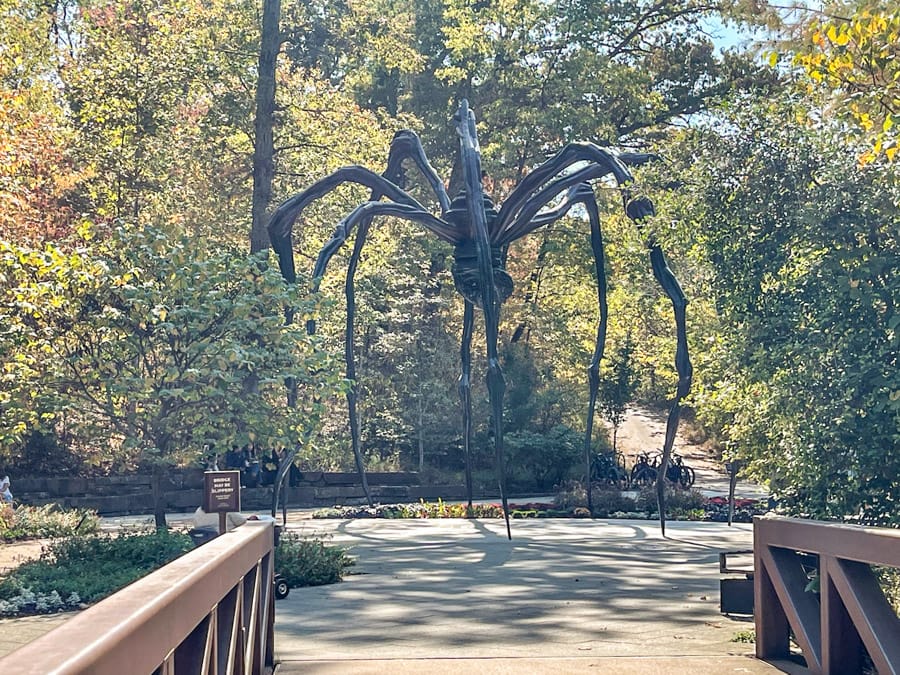
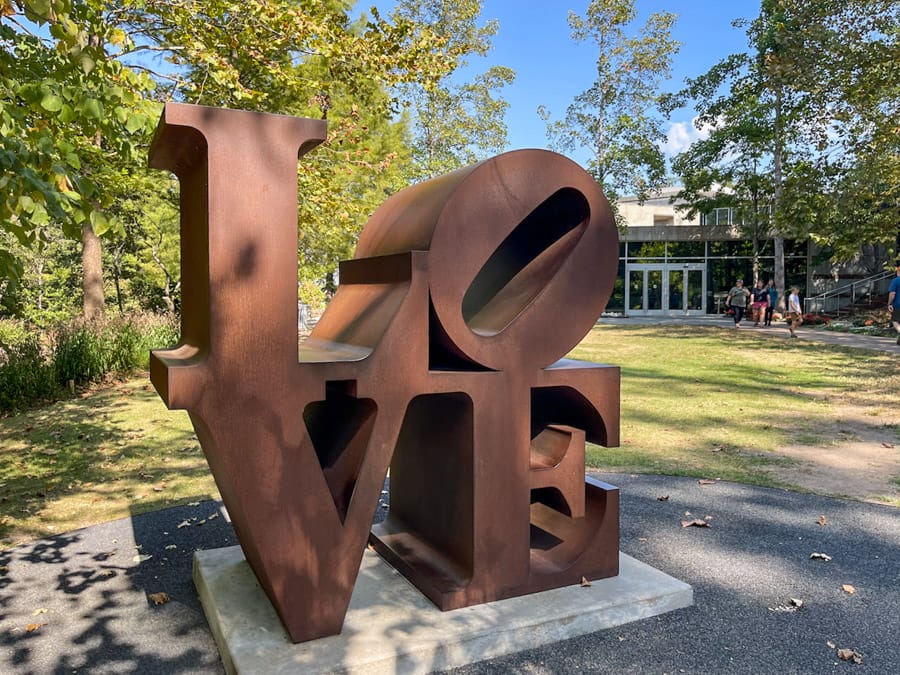
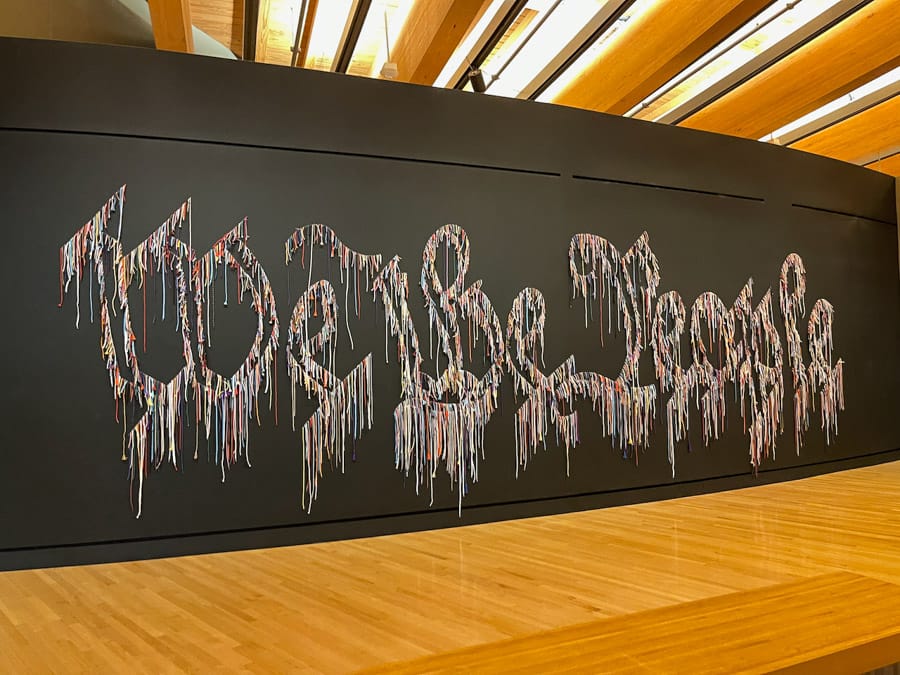
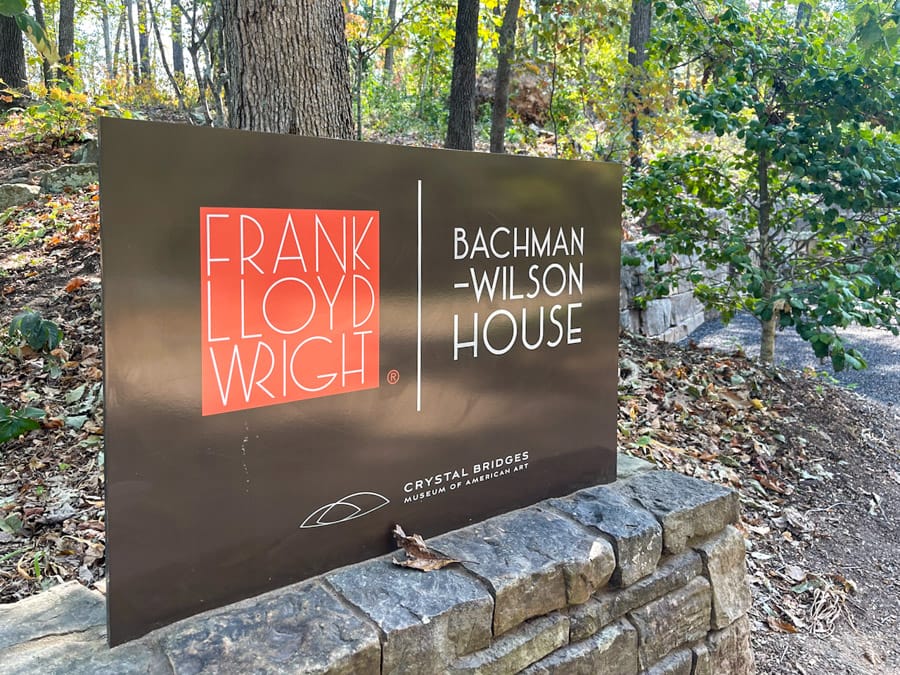
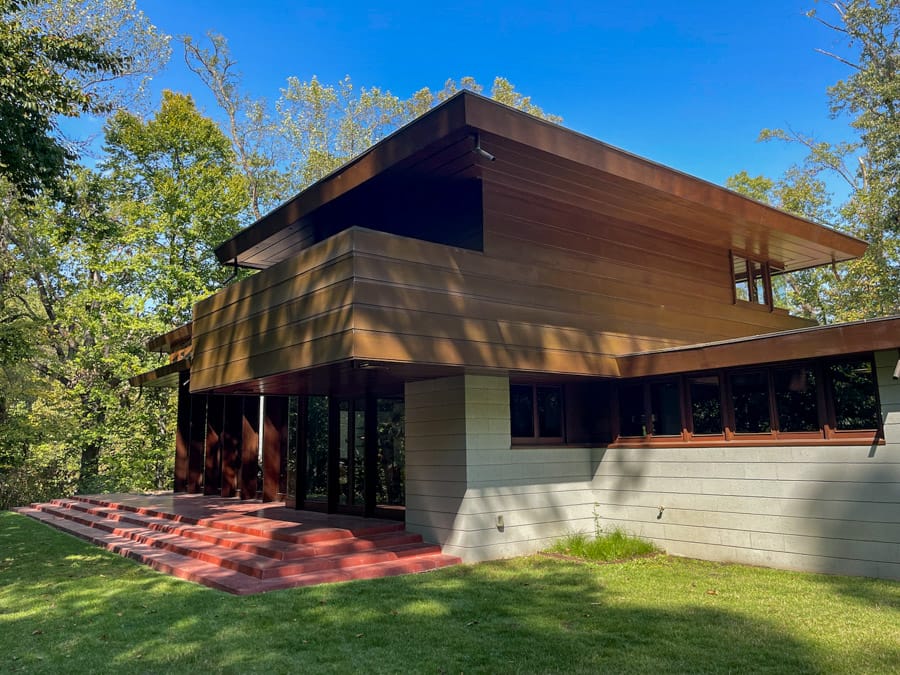
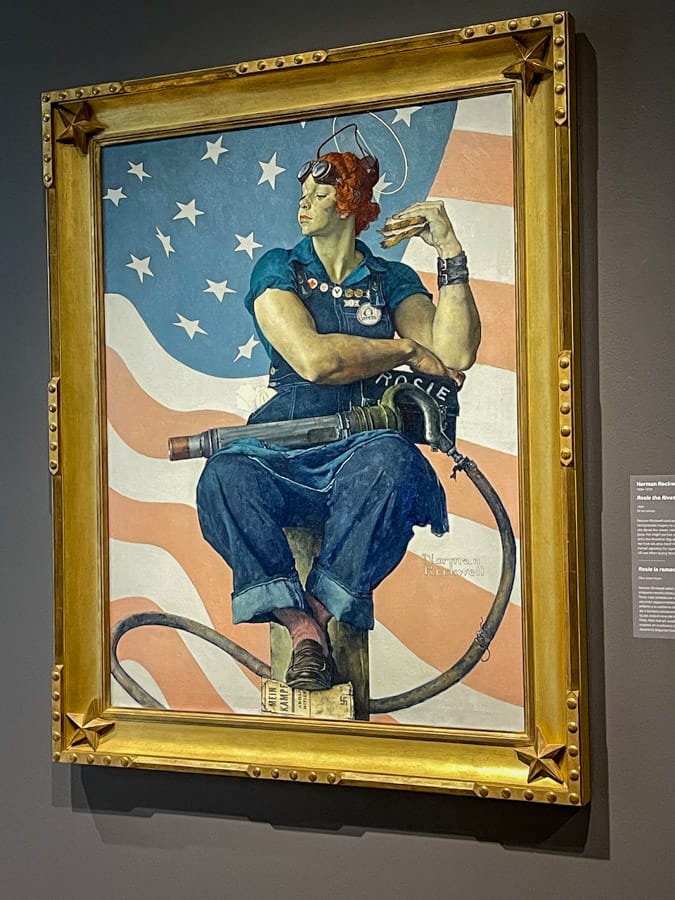
Making the most of rest days at the art museum!
If you enjoyed this story and it made you go "hmmm," please forward it to a friend. For more frequent meanderings, follow me on X @vweeks and Instagram @victoria.weeks.
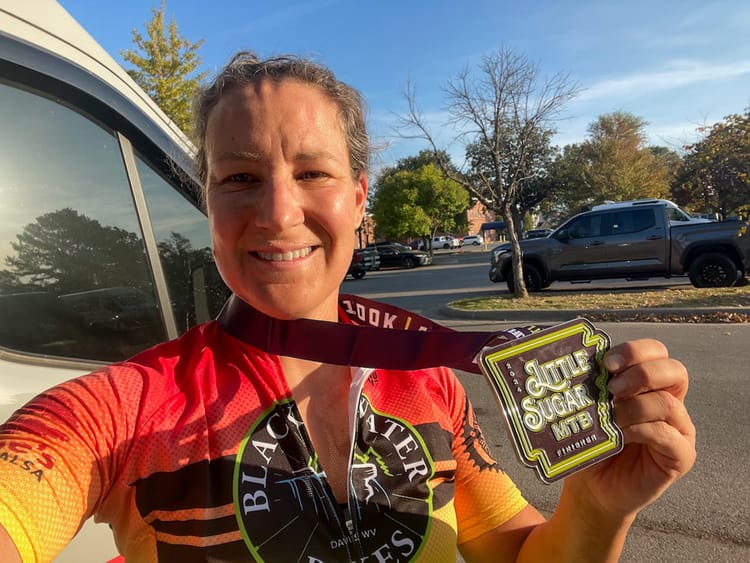
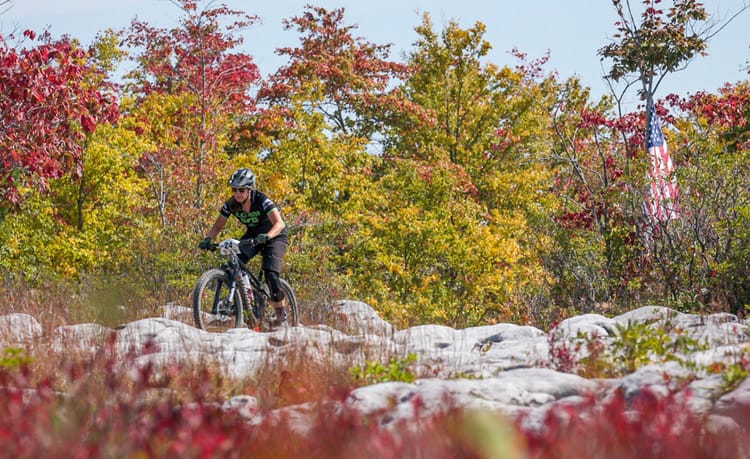
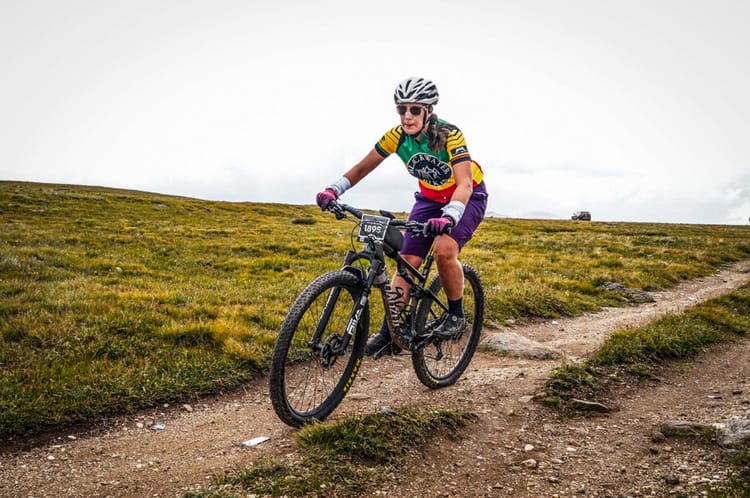
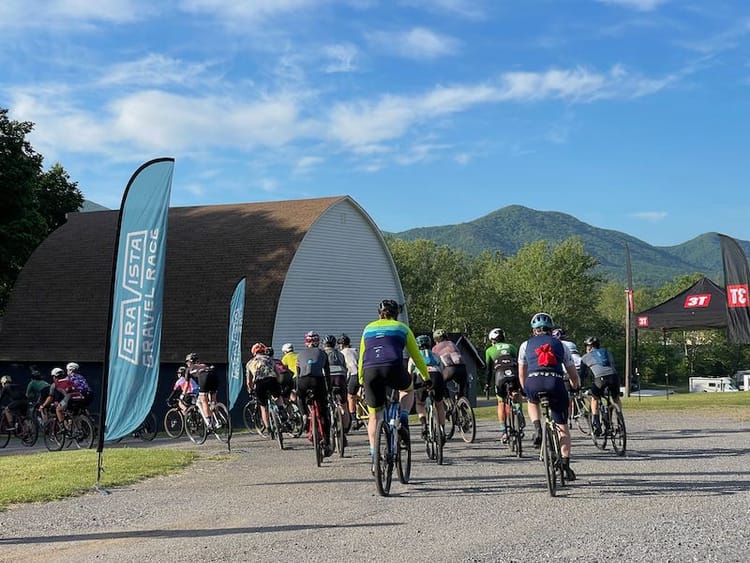
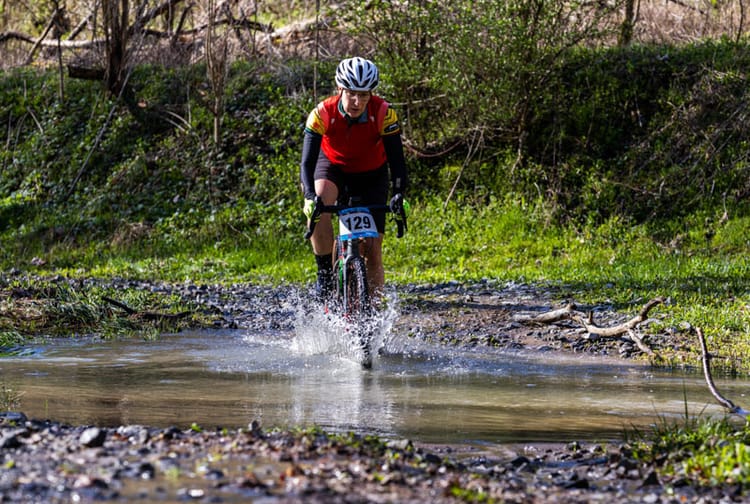
Member discussion